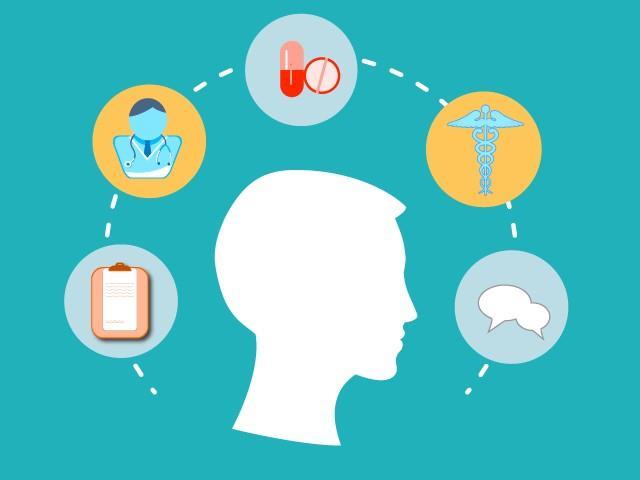ACCESS TO HEALTHCARE Refers to the ability for patients to gain entry into the healthcare system, accessibility to the facilities and services needed, and the ability to find trusted providers who meet the needs of these patients-includes access and availability of necessary medical equipment, energy stability, the availability of water and sanitation facilities, and the existence or lack of stable policies and procedures.
Miranda Liu IN THE UNITED STATES According to the United States Centers for Disease Control and Prevention (CDC), rural Americans are at a higher risk for poor health outcomes. About 50% higher risk of mortality from CV disease, cancers, respiratory diseases, and unintentional injuries than urban areas.1 Causes Longer travel times/distances to specialty and emergency services Residents to have to take hours off work for appointments and follow-ups, leading to delay or avoidance of care and more compliance and adherence issues Solutions/Efforts American Hospital Association (AHA) Task Force on Ensuring Access in Vulnerable Communities created in 2015 2 Academic tracks for medical students interested in a rural and underserved community focus 3 Expansion of broadband Internet, Telehealth use, and remote patient monitoring
Canva. Photos. Accessed March 26, 2021. https://www.canva.com/photos/.
GLOBALLY Access to healthcare on the global front differs from country to country depending on its economic and political situation, the resources and facilities available, and the cultural differences leading to differing priorities of their leaders and people. Yemeni Civil War since March 2015 Unrest has caused the loss of several healthcare facilities, chronic supply shortages, and inadequate upkeep of healthcare policies and procedures. 4 First confirmed case of COVID-19 in Hadhramaut, Yemen, caused panic as there were no existing procedures to prevent the event of further viral spread. Political and military conflict took priority over viral containment. Sub-Saharan Africa About 28% of health facilities have access to reliable electricity.4 Ability for healthcare providers to treat patients dependent on fully functional and reliable electricity to keep clinics and medical equipment running and to store medications Lack of reliable energy to the community, leading to the inability to adequately cook and store foods as refrigeration would be an issue.
PROFESSIONAL/ PERSONAL OPINION
What we as Americans see as an issue that needs to be addressed in one country may either not be seen as such to the leaders and people of that particular location, or they may have other areas of concern that must take priority. Efforts and solutions to accessibility are never a one-size-fitsall due to political and cultural differences between regions and require tailoring to fit the unmet needs of each area and demographic population. In addition some solutions may be viable in one area, but not another.
RESOURCES
1. Centers for Disease Control and Prevention. About Rural Health. Accessed February 22, 2021. https://www.cdc.gov/ruralhealth/ about.html. 2. Bhatt J, Bathija P. Ensuring Access to Quality Health Care in Vulnerable Communities. Acad Med 2018;93(9):271-1275. doi: 10.1097/ACM.00000000000022 54. 3. Jaret, P. Association of American Medical Colleges. Attracting the next generation of physicians to rural medicine. Accessed March 1, 2021. https://www.aamc.org/newsinsights/attracting-nextgeneration-physicians-ruralmedicine. 4. McCarthy, J. Global Citizen. Access to Health Care Around the World Is Not Equal. COVID-19 Proved That. Accessed March 1, 2021. https://www.globalcitizen.org/en /content/unequal-health-careaccess-covid19/.
































